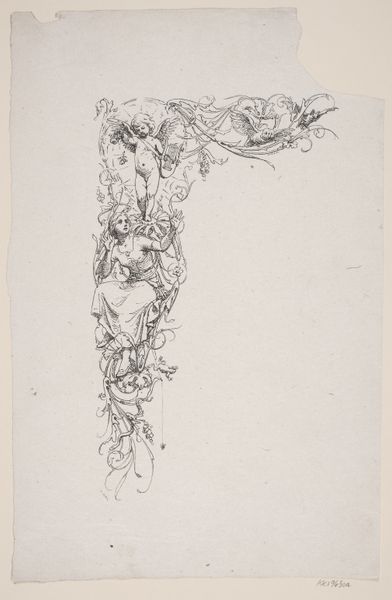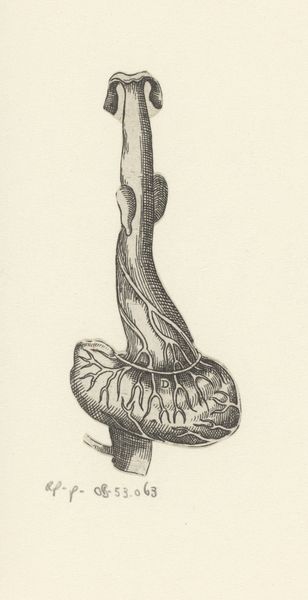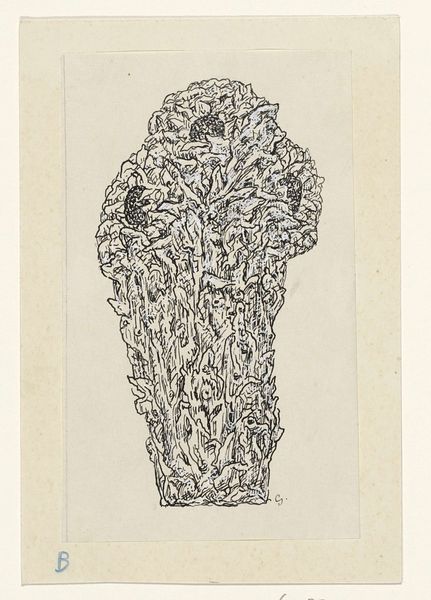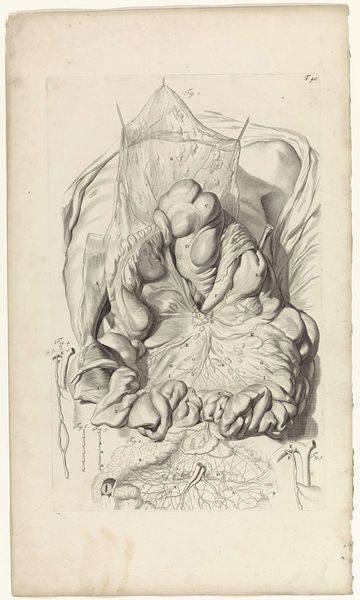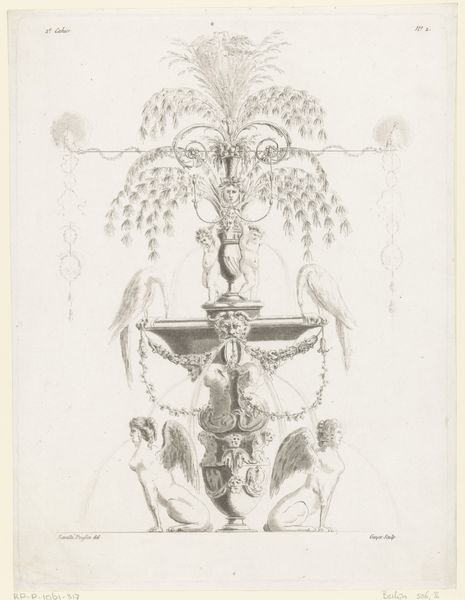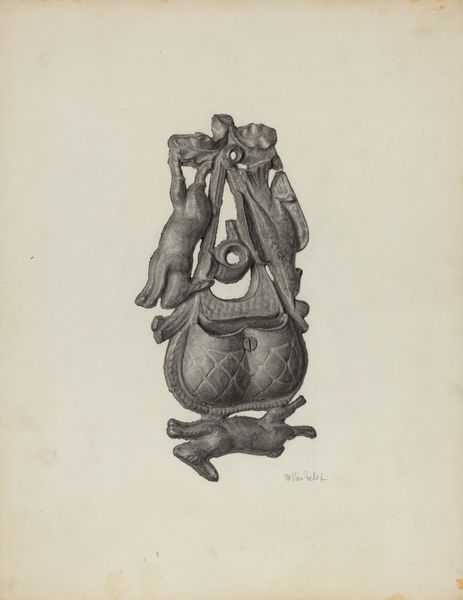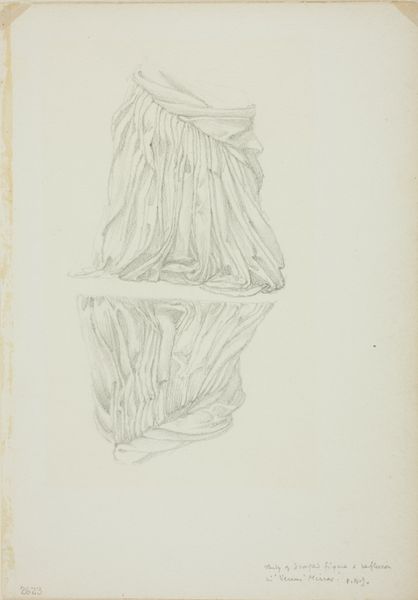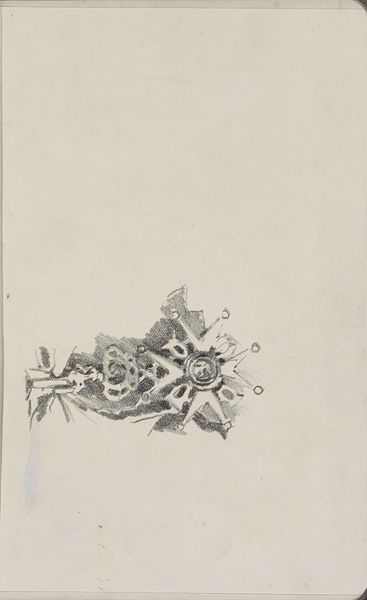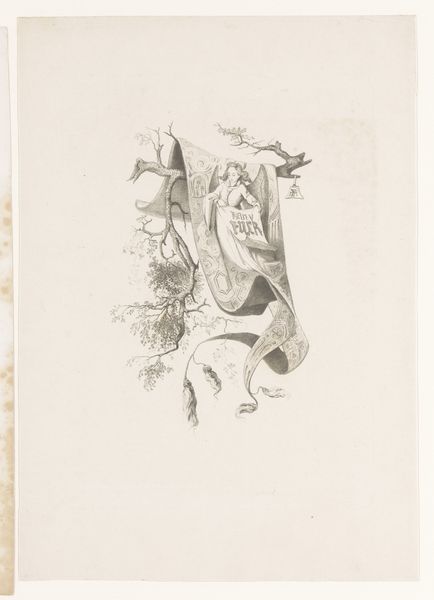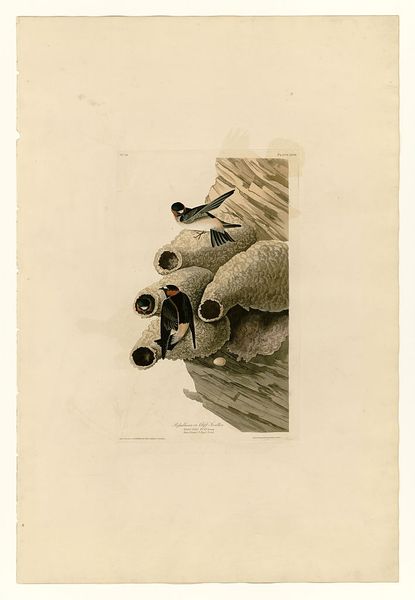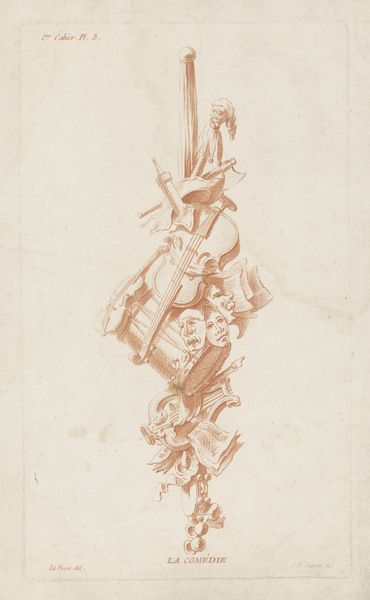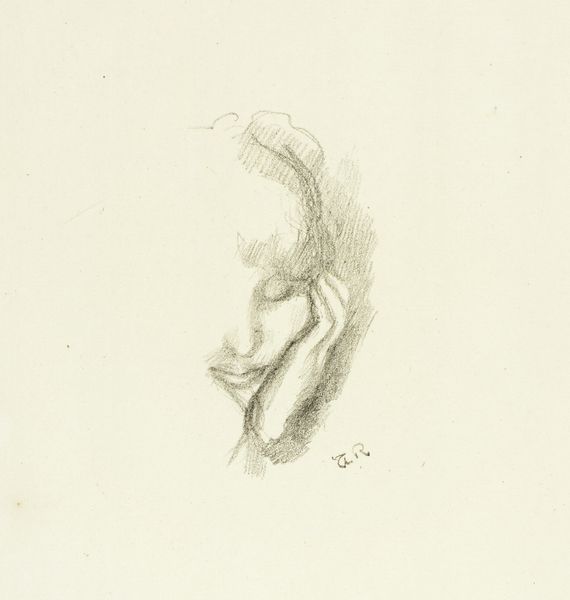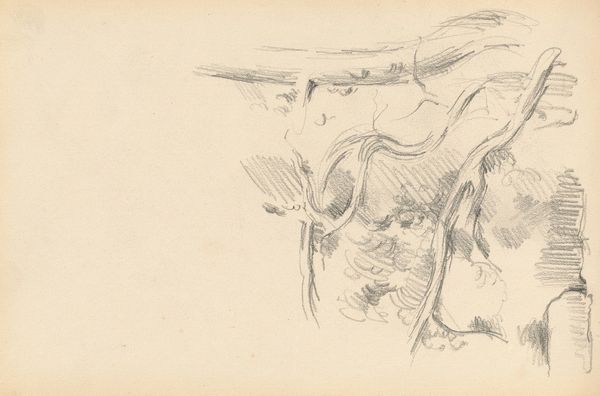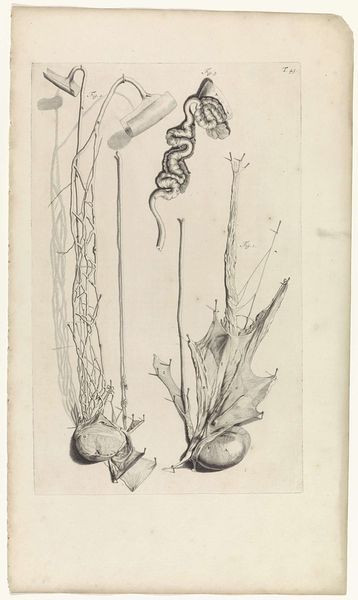
drawing, paper, ink, pencil
#
portrait
#
pencil drawn
#
drawing
#
pencil sketch
#
paper
#
ink
#
classicism
#
pencil
#
sketchbook drawing
#
pencil work
#
history-painting
#
academic-art
#
realism
Dimensions: height 248 mm, width 78 mm
Copyright: Rijks Museum: Open Domain
Curator: Well, that's certainly...striking. It evokes a sense of medical exploration, doesn’t it? Slightly unsettling, yet meticulously rendered. Editor: Indeed. This is an anatomical drawing, simply titled "Anatomische afbeelding," dating back to 1785. It’s currently housed in the Rijksmuseum, created using pencil and ink on paper. Curator: The paper seems almost incidental. The labor-intensive etching is so carefully displayed. What was the purpose of these exacting reproductions? It’s more than just a straightforward diagram, there is an undeniable artistry there. Editor: It was created in a period defined by exploration and the encyclopedic urge. In that socio-political climate, accuracy and clarity in representing knowledge were held in high regard. Think of the Enlightenment's pursuit of knowledge intersecting with burgeoning medical schools! Drawings like this allowed medical practitioners and students access to information when actual specimens were rare or unavailable. Curator: So, it was about democratization through reproduction? Making the unseen accessible. The artist-anatomist had the craft skills and a new kind of dissemination was on the horizon. Were there more drawings like this at the time? Editor: Oh, absolutely. There was a booming market for anatomical illustrations, often commissioned by medical institutions or wealthy individuals who patronized the sciences. These illustrations bridged the gap between science and art and often became prestigious objects within themselves. They also played a key role in shifting perceptions around medicine itself. Public dissections, which were sometimes perceived with suspicion, were partially legitimized through detailed, ‘objective’ renderings like this. Curator: Right, the material presence of human innards gains intellectual respect through artistic representation. Do we know anything about the specific person who made it, the individual's access to labor? Editor: Sadly, not in this case. But generally, creating these drawings involved highly skilled artists and engravers, reflecting an investment in both artistic talent and scientific accuracy. This blending of art, science, and printmaking speaks to how deeply intertwined these disciplines were at that moment in time. Curator: So much emphasis on objective visual truth. Well, for me, seeing this makes me reconsider how science used art to promote and standardize its understanding of the human form. Editor: Agreed. And its place within institutions like the Rijksmuseum speaks volumes about its evolving status from a medical tool to an object of historical and artistic interest.
Comments
No comments
Be the first to comment and join the conversation on the ultimate creative platform.
